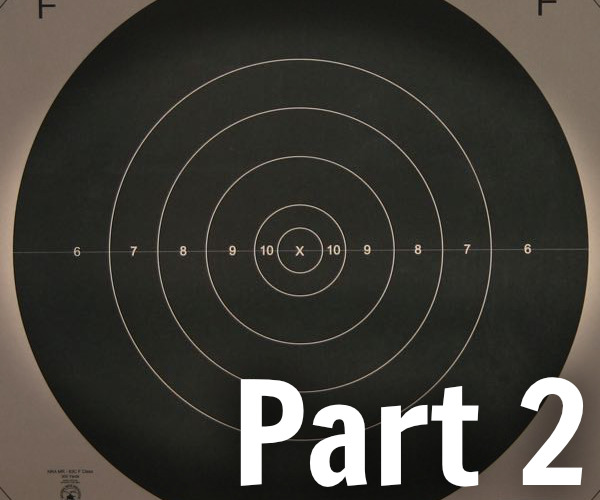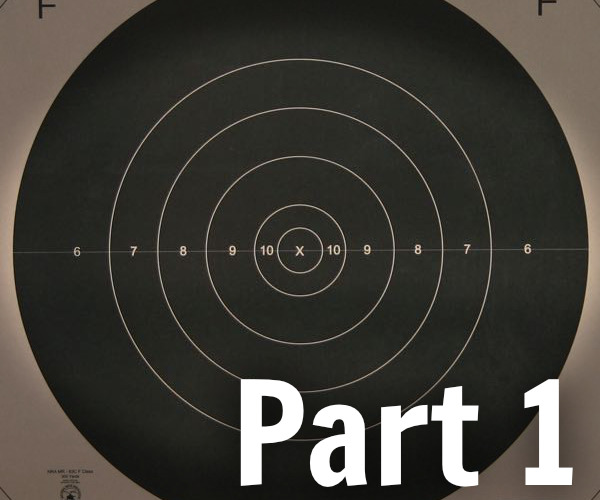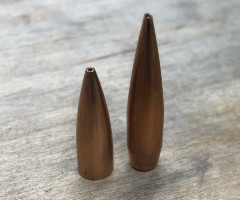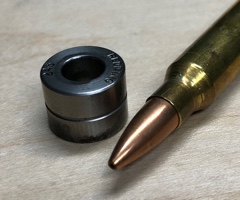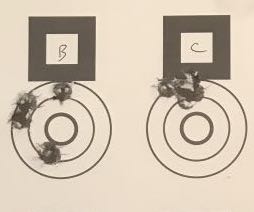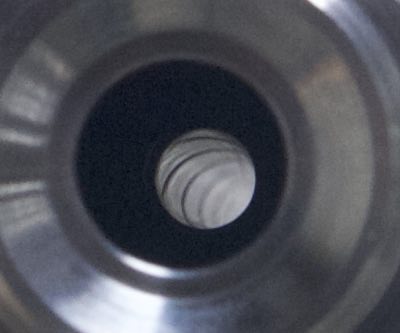Sightron SII 36X42mm Rifle Scope
By Damon Cali
Posted on September 09, 2013 at 01:25 PM
Rifle scopes have gotten dramatically better over the last 15 or so years. Target knobs and high magnification are now the expectation rather than the exception. They've also gotten a lot more expensive. What is a competitive shooter on a budget to do in a world where people are paying top dollar for a Schmidt & Bender or March? $4,000 is a lot of money for one of those gems.
I was faced with this problem not long ago. Until last month, I had never shot an official F class match, preferring cross course and prone matches. I decided to give it a try and wanted to use my perfectly good mid range rifle. All I needed was a suitable scope. So I looked at what people were using. High magnification seems to rule the day in F class - with some competitors using scopes as high as 80X, and 40-50X being a common sight. Those scopes are very expensive. The March 80X variables are near $4,000. The Nightforce competition model weighs in in the low $2,000's. That's a lot of cash to try out a discipline that I wasn't even sure I'd like.
I also have another problem from time to time: load development for my high power rifles. I often shoot with open sights, and as accurate as they can be, they are no match for a high magnification scope. When doing load development I like to remove as many variables as I can. I shoot in calm conditions and use a big scope off a sturdy bench. So having a scope around that I can throw on my high power rifles now and then is a useful thing, but not something I want to spend a ton of money on. I have been using a 6X Leupold for this, but I sometimes wonder if a higher power wouldn't be better for the job.
So I set out to find a scope with the following constraints: high magnification, low cost, and target/tactical knobs. It didn't take me long to settle on the Sightron SII 36X42mm fixed power scope.
The Big (Sight) Picture
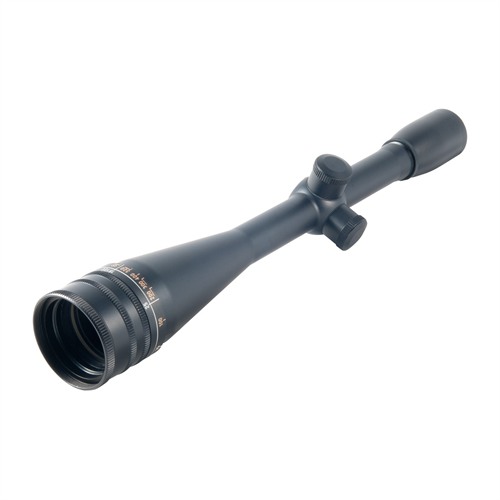
The SII is clearly targeting competition shooters. The fixed 36X is just about right for benchrest and will do for mid range F class. The scope comes with a fine cross hair reticle with a 1/8 MOA dot. Target knobs are standard and move the reticle in 1/8 MOA clicks. This all wrong for the tacticool market (who seem to prefer mils, giant knobs and complicated reticles), but it's just what is needed for known distance, high precision competition.
So what do you get for your $435? A pretty good scope that will do the job. Optically, I compared the Sightron to my 8-32X Nightforce that I bought in 1999. The old Nightforce blows it away in terms of resolution and contrast. The whole image is just brighter and everything is easier to see. I cannot quantify the difference, but the Sightron is an obvious downgrade from what would be considered a mid-high end scope these days. You do, in fact, get something for your money when you go up in price.
That's not to say the Sightron had a poor image. It is more than usable. But when you get up to 36X at this price range, you're going to have compromises. A crystal clear sight picture is one of them. Picking out bullet splats on painted steel at 600 yards is effortless, although I cannot see bullet holes in paper at that range. The reticle is a little too fine for my taste and requires some effort to keep track of, but it was acceptable and the target dot helps a lot. I would not want to use this scope without the dot - the cross hairs are too fine.
Of Sight Rails, Rings, and Angles
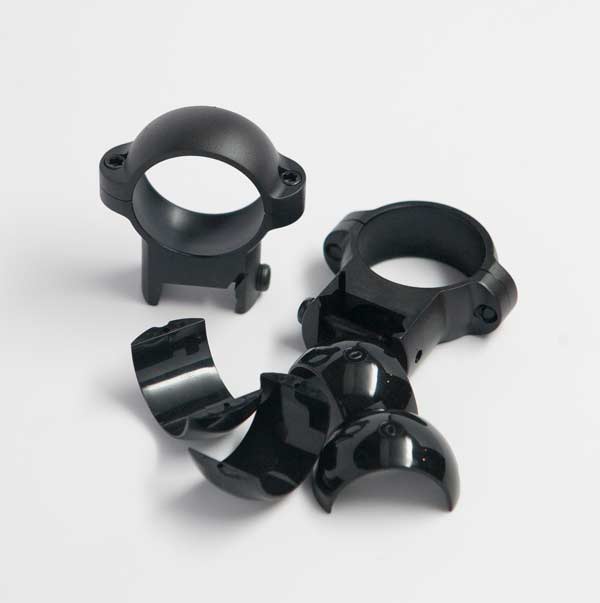
The Sightron SII is built on a 1" main tube. That's a blessing and a curse. The smaller tube means lower cost and less elevation adjustment. I'm not going to be using this scope past 600 yards and tend to shoot flat shooting cartridges, so that's fine. Except that my rifle has a 20 MOA sight rail installed. It turned out that I could not get the Sightron sighted in at 100 yards on my rifle. It was hitting the limit of its adjustment just a few clicks off of zero.
The solution is a simple one - don't use a 20MOA base when you don't need it. Or, in my case, since I've already got it, compensate with Burris Signature rings. I really like this line of rings. They're inexpensive, effective, fairly light weight, and innovative. The Burris rings come with spherical bearings which ensure that the rings are in perfect alignment. It is not physically possible for them to be misaligned. The spherical plastic inserts simply rotate until they are, guaranteeing a stress free alignment between your scope and the rings without the cost of high precision bases and/or lapping. That's enough to sell me on the rings.

But wait, there's more. Burris offers offset bearings as an accessory. Unlike the the normal bearings, these are offset by 5, 10 or 20 thousandths of an inch, allowing you to purposefully angle your scope relative to the rifle. The 20 thousandths offset rings have approximately the same effect as using a 20 MOA right rail. So I just used the offset rings to counter the angle of my base, bringing me back to a zero MOA baseline. Problem solved. Thank you, Burris.
Adjustments

The target knobs are good. The clicks have a decent tactile response, are adjustable for zero, and are easy to read. There is not much to complain about there except that they are 7.5 MOA per turn (which is really irritating). So when my 600 yard zero winds up being 11.75 MOA up from the bottom, quick - what do I turn the knob to? Annoying, isn't it? Some day, I pray that all scopes come with knobs that move in multiples of 10 MOA (or mils, or whatever the fashion of the day is) per turn. Alas, this is not the case with the Sightron SII.
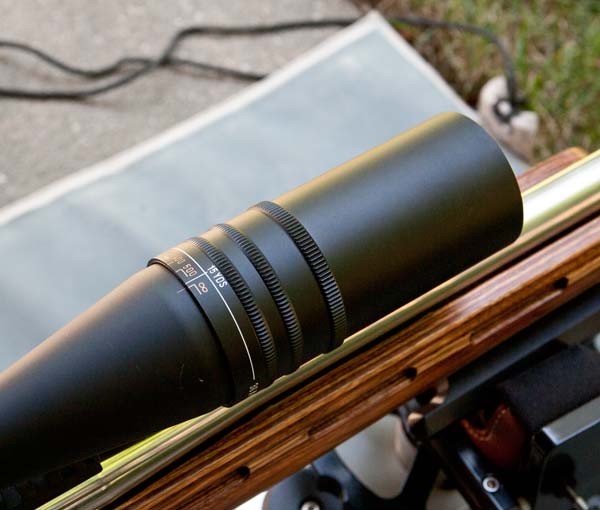
There is also good and bad with the parallax adjustment. The adjustment is mounted on the objective, not the side as is the trend with newer scopes. That's not the end of the world, but having it on the side is nice. Parallax is something you must adjust for with high magnification scopes. Get it wrong, and you'll open up your groups considerably. Sightron understands this and went to the trouble of making the parallax adjustment range 720 degrees - two full turns. This is a welcome but confusing feature. It is hard to tell which turn you are on despite their efforts to provide different colored markings for each turn of the objective. But it's workable and there is a convenient lock ring to keep you focused.
Overall Impressions
The Sightron SII is a solid scope for the money. It does the job for which it was designed (my first F class match was a success) at a fraction of the price of some of its competitors. That low price means some compromises, but that's life. None of them are so egregious that they cannot be worked around. I would not hesitate to recommend the SII to someone looking for a scope in that price range. Sure, I'd like a March. But after using the Sightron I'm in much less of a hurry to save up for one.
Damon Cali is the creator of the Bison Ballistics website and a high power rifle shooter currently living in Nebraska.
The Bison Ballistics Email List
Sign up for occasional email updates.
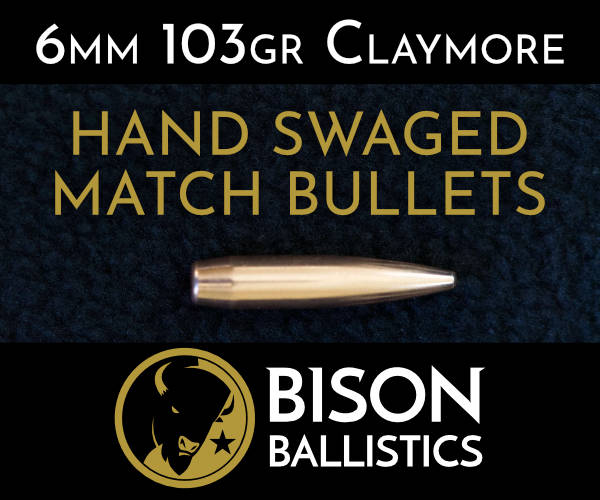
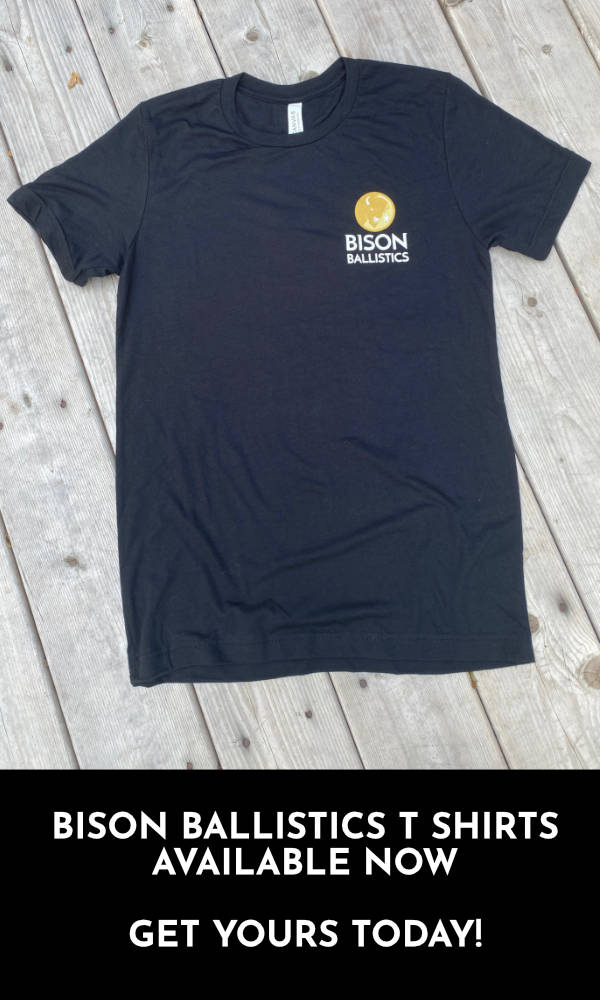
Want to Support the Site?
If you enjoy the articles, downloads, and calculators on the Bison Ballistics website, you can help support it by using the links below when you shop for shooting gear. If you click one of these links before you buy, we get a small commission while you pay nothing extra. It's a simple way to show your support at no cost to you.
